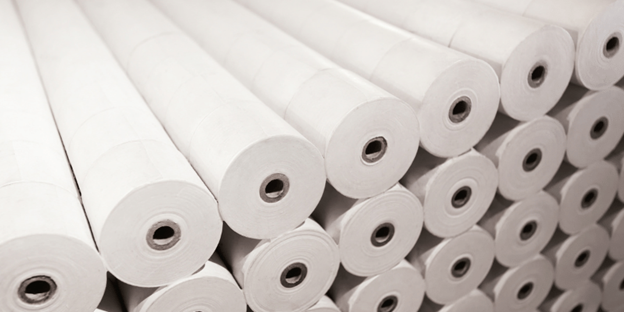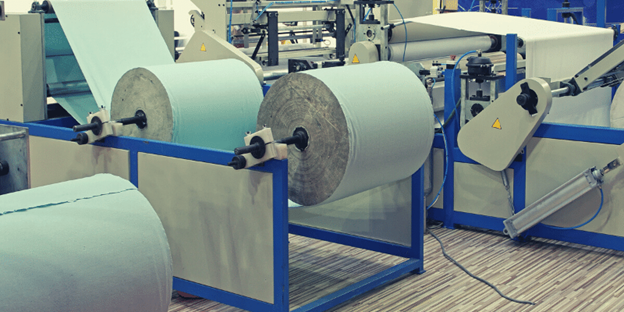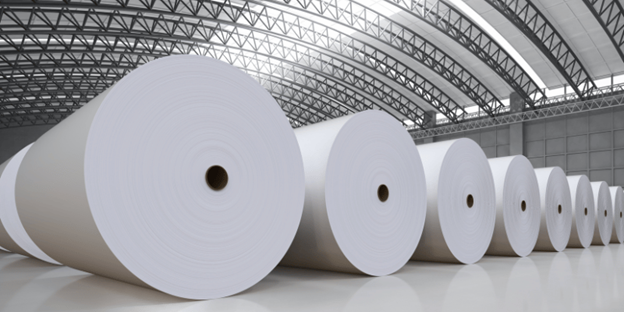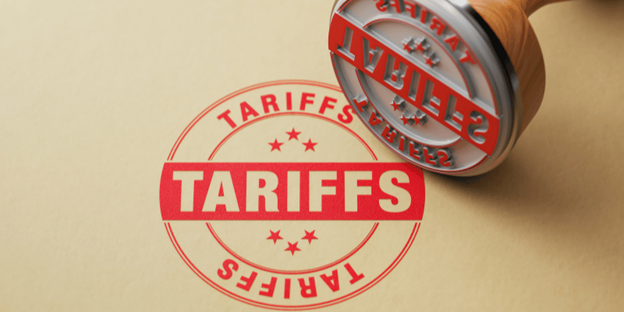 Tariffs can substantially increase the price of imported goods. Importers then pass those costs to their customers. The current Administration has announced tariffs on goods acquired from Canada, with Canada enacting retaliatory ones. The effective date was to be March 6, but the Administration has since delayed them until April 2. So, how would paper tariffs impact the transactional print industry?
Tariffs can substantially increase the price of imported goods. Importers then pass those costs to their customers. The current Administration has announced tariffs on goods acquired from Canada, with Canada enacting retaliatory ones. The effective date was to be March 6, but the Administration has since delayed them until April 2. So, how would paper tariffs impact the transactional print industry?
What Are Paper Companies Saying About Tariffs?
The American Forest & Paper Association (AF&PA) president and CEO, Heidi Brock, said, “While we recognize the Administration’s goals of securing our borders, AF&PA remains concerned that today’s new North American tariffs have the potential to seriously disrupt our industry’s complex, cross-border supply chains. These manufacturing processes have been built and refined with the customer in mind around existing mill infrastructure for decades.”
Brock also mentioned that companies must import raw materials to produce paper products because of specific fiber quality.
U.S. and Canadian Companies Echo Concerns
Trade in the paper industry happens on both sides. U.S. companies buy inputs from Canada and export products to Canada and Mexico. Canadian businesses in the vertical also depend on sales from products made nationally and then shipped to the U.S.
U.S. companies also have mills in Canada, exporting products to the U.S, which would also see an impact to competitiveness. The fallout of the trade war could render both sides of the border unable to produce, process, export, and import paper goods without serious cost increases.
How Much in Paper and Lumber Products Does the U.S. Import from Canada?
In 2023, Canada exported approximately $13.6 billion in pulp and paper products, with the U.S. receiving 80% of this.
For fiber specifically, Canada exports around 40% of the bleached softwood kraft pulp (BSKP), which accounts for about one-sixth of U.S. softwood pulp consumption.
Besides substantial trading with Canada in the paper industry, Mexico is also a figure, as is China. These two countries are also part of the newly imposed tariffs, and they have also instituted retaliatory ones.
Since paper is a widely used product in every country and is dependent on a steady source of natural resources, tariffs across the board affect the industry nationally and globally.
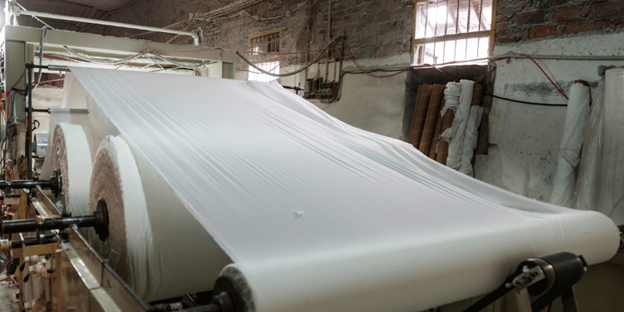 Paper Tariffs Potential Fallout
Paper Tariffs Potential Fallout
Experts in the industry have defined the possible impact should all these tariffs go into effect and remain so.
Inflation could resonate through the paper supply chain. It would be challenging to replace all the products from Canada with those from other sources, such as Brazil or Europe. This would lower supply and inflate costs.
Should those selling paper goods to U.S. companies continue to import from Canada or other countries under tariff, buyers, like print and mail companies, would have to absorb the extra costs.
Those exporters of paper or pulp to the U.S. could also seek to diversify the countries with which they do business. The supply once provided to the U.S. could go elsewhere, impacting supply, as well.
Buying solely from companies that produce products from only domestic resources could also increase costs as more demand grows. Since there are so many end uses for paper and pulp, domestic manufacturers would be slow to transition to more production capacity.
Creating the infrastructure for more domestic sourcing could occur. It would, however, require considerable work and investment to accomplish this, which could take years.
What’s Next for Paper Tariffs?
The situation is ongoing and unpredictable at the moment. New deals with Canada and Mexico could come to fruition. Commercial paper prices were forecast to increase slightly at 1.7%, but this prediction did not account for tariffs.
As a transactional print and mail company, we purchase paper rolls and envelopes in large quantities. We have a diverse set of vendors, and most of our contracts have locked-in rates.
We will continue to monitor this critical disruption to the industry and provide transparent accounts of its trajectory.


